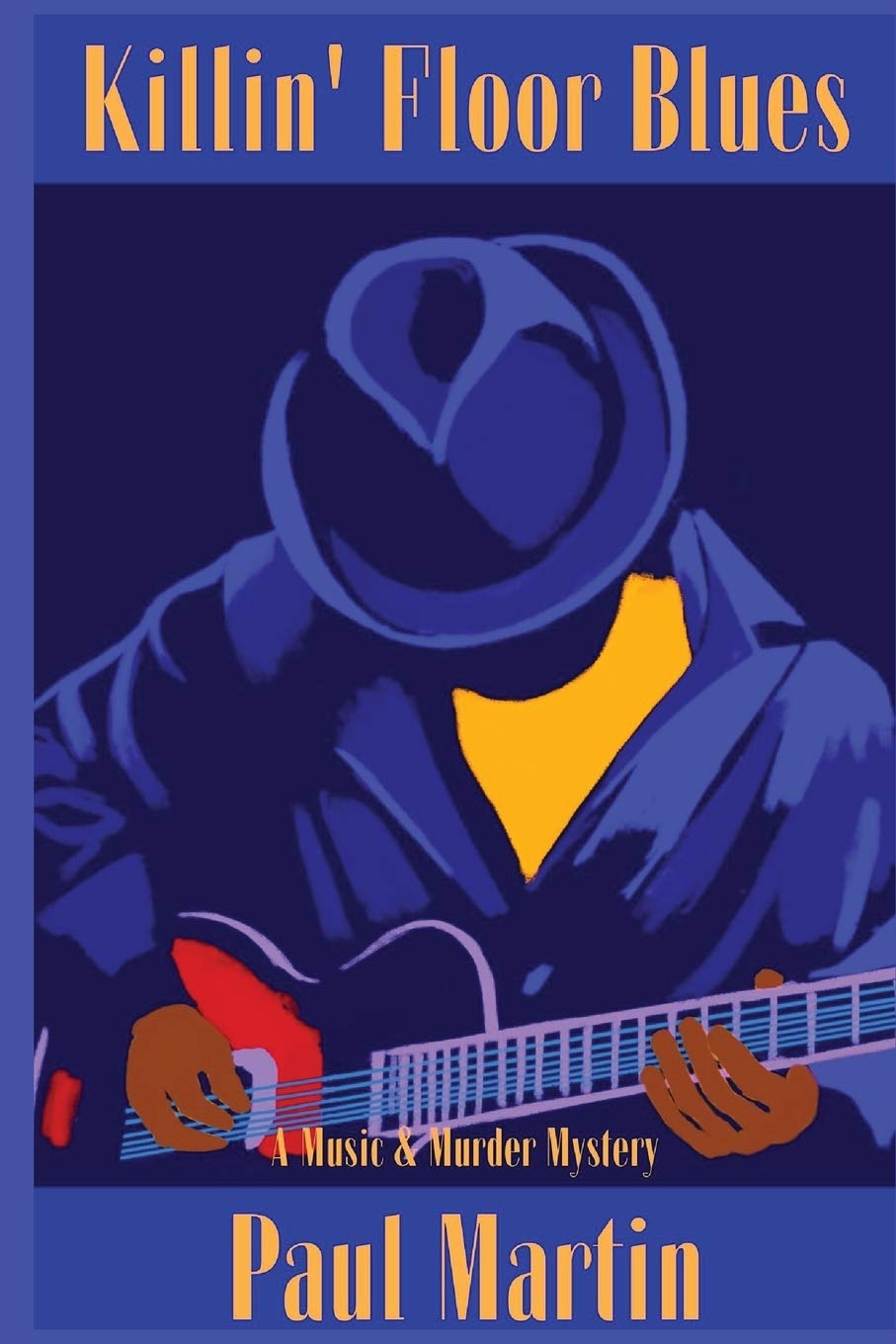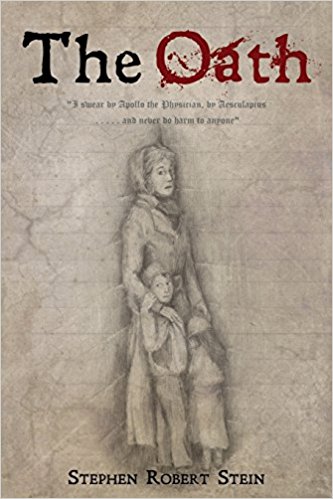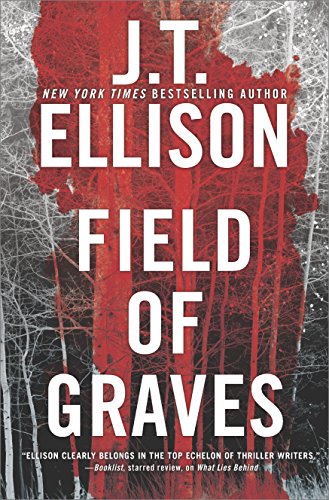Killin’ Floor Blues: A Music & Murder Mystery
With Killin’ Floor Blues, Paul Martin weaves the lives and work of John and Alan Lomax, father and son and real-life pioneering ethnomusicologists, into a tale of murder, mystery, mayhem, and music that both entertains and educates.
March of 1929 sees John Lomax back in Chicago, a city he had grown to hate when living there, on the hunt for fresh blues music and jazz. Lomax meets with Paramount Records exec Chic Rice and asks for his help tracking down some of country blues artists from the South, particularly the Mississippi Delta region. While Rice is interested in the blues due to the money the music brings in, Lomax is interested in documenting it as a facet of US cultural history before it disappears. Rice’s connections allow Lomax access to musicians both in Chicago and beyond. But Lomax isn’t the only person interested in identifying blues artists, as a gaunt man known as the scarecrow haunts Chicago’s clubs and bars listening to the music, and his intentions toward the musicians are far from benevolent…
When two of Chicago’s most well-known bluesmen, Clarence “Pine Top” Smith and Blind Lemon Jefferson, die in quick succession, both apparently the victims of unfortunate accidents, John Lomax is the only one to question the tell-tale red Buddy Poppy that each man was found to be wearing in his lapel, which they hadn’t been wearing when they were last seen alive. While Lomax, now accompanied by son Alan, continues his travels and his mission to record authentic blues music, he also pursues his theory that there was something suspicious about the two deaths. As the years pass and the number of suspicious deaths rise, the Lomaxes inch ever closer to discovering the identity of the scarecrow.
Paul Martin has done an excellent job of recreating the period in Killin’ Floor Blues. From the late 1920s to the early 1940s, the Great Depression through to World War II, he has captured a period of great change in the United States. While the focus is on the lives of the Lomaxes and the various blues musicians they encounter, Martin also provides something of a social history of life in the South and in Chicago during the early twentieth century. He reveals the lows of the discrimination and prejudice that Black people faced as well as the highs associated with the development of the blues and the birth of the Jazz Age. Martin captures the atmosphere of the period perfectly, and the dialogue rings just as true.
John and Alan Lomax might not actually have been involved in unmasking a serial killer, but their investigative exploits make a great deal of sense. It seems somehow fitting that a pair of musicologists would be the only ones interested in investigating the deaths of often down-on-their-luck musicians at the time. The threads of the murder mystery tie the other strands of the story together, and Killin’ Floor Blues makes for an intriguing and enlightening read from start to finish.
| Author | |
|---|---|
| Star Count | 4.5/5 |
| Format | eBook |
| Page Count | 386 pages |
| Publisher | Level Best Books |
| Publish Date | 2020-Nov-03 |
| ISBN | 9781947915985 |
| Bookshop.org | Buy this Book |
| Issue | March 2021 |
| Category | Mystery, Crime, Thriller |
| Share |







Mark Miller –
A murder mystery set in the dangerous youth of blues music
Mark Miller –
In his novel “Killin’ Floor Blues,” Paul Martin not only spins a satisfyingly complex mystery but wraps it in its own living, breathing world, the America of the Great Depression in which the blues, the secular folk music created by African Americans in the Deep South, commenced to travel beyond its roots to become one of the most important influences on the development of our popular music.
With the real-life pioneering musicologist John Avery Lomax and his son Alan as his central characters, and a supporting cast drawn from the pantheon of early blues legends, Martin weaves a complex tale of ambition, struggle and death set in the gritty, treacherous, and unforgiving world that forged the blues. He knows American history and he knows the blues. His deft weaving of fact with fiction produces a reading experience that feels like time travel—you’re not just reading about it, you’re there amid the sweat, tears, and the blood of a thoroughly American story.